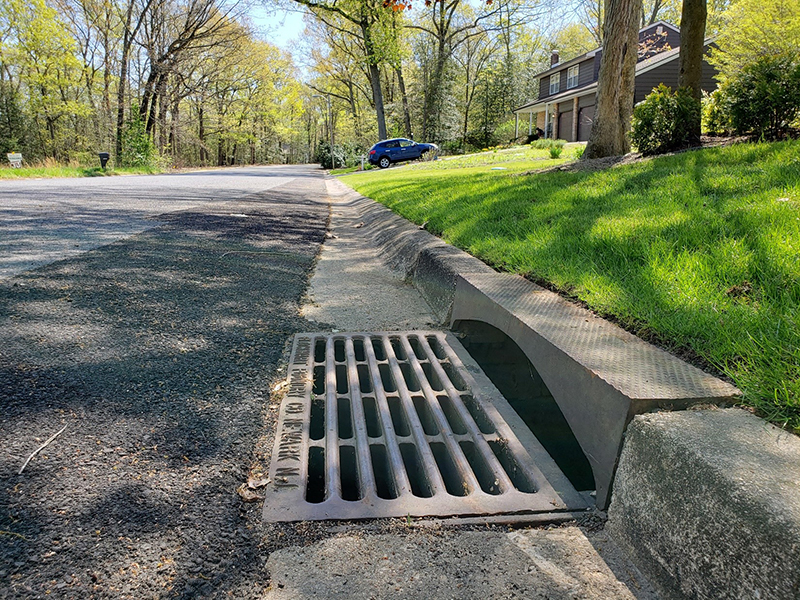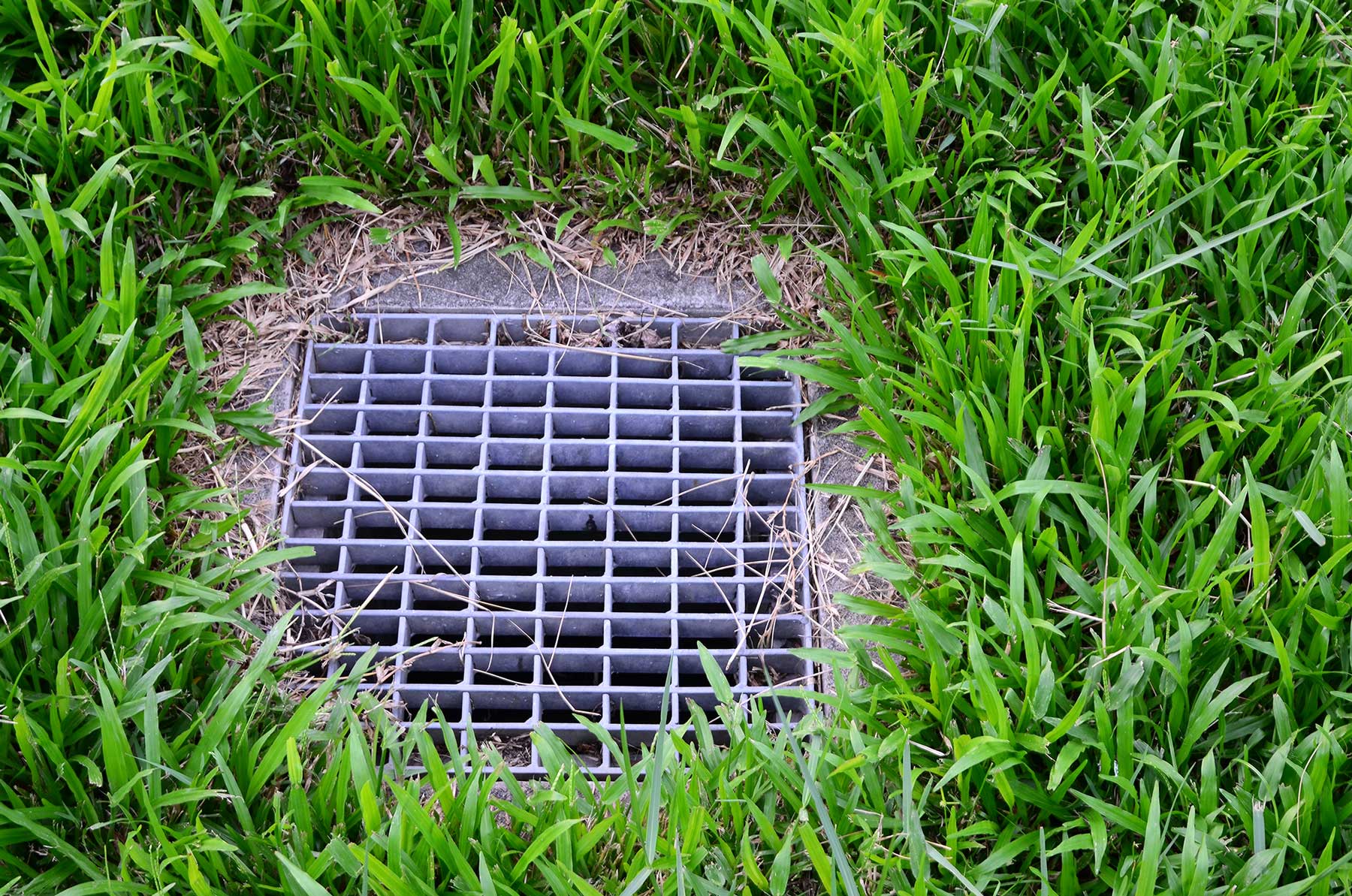Residential Storm Drain Servicesin Auburn Hills MI
Residential Storm Drain Solutions to Protect Your Home from Water Damage
We Are Locally Owned & Operated For Over 37 Years
Contact Us Today!
We Serve Businesses In And Around The Following Cities:
About Residential Storm Drain Services
A Comprehensive Guide to Residential Storm Drain in Auburn Hills
The commercial properties in Auburn Hills, as in any city or town, are often subject to different climate conditions, including storms and heavy rainfall. One aspect that often gets overlooked until it’s too late is a residential storm drain. This invaluable system, comprising of house storm drain, drain systems, and storm drains for driveways, houses, and yards, plays a pivotal role in protecting a property from flooding, leading to considerable savings and safety in the long run. Throughout this comprehensive guide, we’ll unravel the significance of residential storm drains, ranging from establishment to execution and from advantages to practical implications.
Understanding the Abstract
To truly appreciate the significance of residential storm drains, you need to understand what they are, what they do, and how they operate. A storm drain, essentially, is designed to divert rainwater and runoff away from your commercial property. It can be placed in several key areas such as in the basement, in the yard, or even on the driveway, efficiently preventing flooding which can lead to substantial damage.
Benefits of Installing a Residential Storm Drain
Property maintenance can be a daunting task and one that requires you to stay ahead of potential issues. Having a storm drain in place not only averts water buildup but also prevents erosion, protects basements and foundations, and reduces mosquitoes – a common problem when water stagnates. An additional often overlooked bonus is the enhancement of your property’s value owing to its effective water management system.
Take for example a real-life scenario: a company located in Auburn Hills that occasionally experiences heavy rainfall. Without a proper storm drain system in place, it’s highly probable that the intense downpour would cause water logging in the basement and yard, potentially damaging property and halting operations. However, with a system such as a residential storm drain for drainage, the potential catastrophe can be averted.
Storm Drain Setup and Strategy
Deciding where to place your storm drain can be dependent on numerous factors. Commonly, there may be a storm drain for the yard to manage surface runoff and one in the basement to prevent water infiltration. A backyard storm drain could also be a viable solution for properties that have landscaping which needs protection from water damage. In contrast, commercial properties with a large expanse of paved space may benefit from a storm drain for driveway.
We have also seen where D&J Contracting has stepped in to resolve such matters efficiently in Auburn Hills. With their expertise, they can assess the property, weather patterns, and property needs to devise a strategic storm drainage system that effectively safeguards against flooding and water damage.
Real-World Applications and Success Stories
Real-world applications of residential storm drains are numerous, and often the success stories go unnoticed due to their preventive nature. Yet, countless commercial properties in Auburn Hills have witnessed the power of an efficient drainage system. From preventing water from entering the premises to maintaining structural integrity, a home storm drain is a protective barrier, ensuring the safety and longevity of the property.
One such successful application was a case where D&J Contracting was called to a commercial property with recurring water damage. Implementing a storm drain for the house swiftly eliminated the problem, saving the property owner from continuous repair and replacement costs. This underscores the significant value and effectiveness of a properly installed residential storm drain.
While each property and its needs are unique, evidence shows, as demonstrated by D&J Contracting, a well-planned and executed residential storm drain system can save property owners from a host of subsequent troubles, particularly during the stormy season.
To draw our guide to an end, it is evident that the importance of a comprehensive and professionally installed residential storm drain system is key to commercial property maintenance. Not only does it save the property and homeowners from potential hardships, but it also significantly contributes to the longevity and value of the property. When performed by professionals such as D&J Contracting, it ensures the job is done right, leaving you secure and dry even in the heaviest of Auburn Hills rain. Are you ready to weather the next storm with confidence?
Residential Storm Drain Services Gallery


Call Us Today to receive your Free Quote for
Residential Storm Drain in Auburn Hills
Serving: Auburn Hills, Michigan

About Auburn Hills, Michigan
In 1908, automobile pioneer John Dodge bought a farmhouse 3 miles (4.8 km) northeast of Auburn Heights to use as his country retreat. His oldest child, Winifred Dodge, married real estate baron Wesson Seyburn, who built his own country retreat 2.5 miles (4.0 km) north of Auburn Heights. The estate included hunting land, dog kennels, a swimming pool, horse stables, and a 5,000-square-foot (460 m) Colonial Revival house. Pontiac Township purchased the estate in 1976, and adapted the buildings for government use. Today, it is known as the Auburn Hills Civic Center.
The first use of the name “Auburn Hills,” in 1964, was by Oakland Community College. They named their campus (a former Nike missile base) at Featherstone and Squirrel roads for the town and the hilly terrain in the area. Besides Oakland Community College, three other colleges, Oakland University, Baker College, and Western Michigan University Thomas M. Cooley Law School have campuses partially within the city limits.
Auburn Hills began as Pontiac Township, including the village of Auburn, in 1821, at what is today the corner of Auburn and Squirrel roads. Situated on the Clinton River, it was named by Aaron Webster, the first settler, for Auburn, New York. His sawmill and grist mill attracted settlers to Auburn. After the streets were laid out in 1826, Auburn rivaled nearby Pontiac until the 1860s, when it lost its own prosperity. The town was renamed Amy in 1880, and it officially became Auburn Heights in 1919. Pontiac Township bordered the city of Pontiac on two sides. The township attempted to incorporate as Pontiac Heights in 1971, but was denied by state officials. Pontiac Township became a charter township in 1978, to protect itself from further annexation. In 1983, Pontiac Township merged with the village of Auburn Heights to become the City of Auburn Hills. It is not to be confused with the similarly named city of Auburn, Michigan, that exists in Bay County, near Saginaw Bay.
According to the United States Census Bureau, the city has a total area of 16.64 square miles (43.10 km), of which 16.60 square miles (42.99 km) is land and 0.04 square miles (0.10 km) (0.24%) is water.
| Census | Pop. | Note | %± |
|---|---|---|---|
| 1880 | 111 | — | |
| 1990 | 17,076 | — | |
| 2000 | 19,837 | 16.2% | |
| 2010 | 21,412 | 7.9% | |
| 2020 | 24,360 | 13.8% | |
| U.S. Decennial Census | |||
As of the census of 2010, there were 21,412 people, 8,844 households, and 4,923 families living in the city. The population density was 1,289.9 inhabitants per square mile (498.0/km). There were 9,965 housing units at an average density of 600.3 per square mile (231.8/km). The racial makeup of the city was 66.3% White, 18.5% African American, 0.3% Native American, 8.9% Asian, 2.7% from other races, and 3.4% from two or more races. Hispanic or Latino of any race were 7.8% of the population.
There were 8,844 households, of which 27.0% had children under the age of 18 living with them, 38.8% were married couples living together, 12.4% had a female householder with no husband present, 4.5% had a male householder with no wife present, and 44.3% were non-families. 33.5% of all households were made up of individuals, and 7.3% had someone living alone who was 65 years of age or older. The average household size was 2.24 and the average family size was 2.90.
The median age in the city was 31.4 years. 19.4% of residents were under the age of 18; 17.8% were between the ages of 18 and 24; 31.9% were from 25 to 44; 21.6% were from 45 to 64; and 9.4% were 65 years of age or older. The gender makeup of the city was 48.4% female and 51.6% male.
As of the census of 2000, there were 19,837 people, 8,064 households, and 4,604 families living in the city. The population density was 1,194.5 inhabitants per square mile (461.2/km). There were 8,822 housing units at an average density of 531.2 per square mile (205.1/km). The racial makeup of the city was 75.92% White, 13.22% African American, 0.32% Native American, 6.33% Asian, 0.04% Pacific Islander, 1.56% from other races, and 2.61% from two or more races. Hispanic or Latino of any race were 4.50% of the population.
There were 8,064 households, out of which 26.7% had children under the age of 18 living with them; 43.0% were married couples living together; 10.5% had a female householder with no husband present and 42.9% were non-families. 33.1% of all households were made up of individuals, and 6.0% had someone living alone who was 65 years of age or older. The average household size was 2.25 and the average family size was 2.92.
The age distribution is 20.4% under the age of 18, 15.9% from 18 to 24, 38.1% from 25 to 44, 18.2% from 45 to 64, and 7.3% who were 65 years of age or older. The median age was 31 years. For every 100 females, there were 98.3 males. For every 100 females age 18 and over, there were 97.5 males.
The median income for a household in the city was $51,376, and the median income for a family was $60,849. Males had a median income of $45,686 versus $34,015 for females. The per capita income for the city was $25,529. About 3.9% of families and 6.3% of the population were below the poverty line, including 6.4% of those under age 18 and 4.4% of those age 66 or over.
School districts serving sections of Auburn Hills include Avondale School District, Pontiac School District, and Rochester Community Schools.
The Avondale School District operates two elementary schools in the city limits: R. Grant Graham Elementary School and Auburn Elementary School. Portions of Auburn Hills in ASD are zoned to these schools. All ASD residents are zoned to Avondale Middle School in Rochester Hills and Avondale High School in Auburn Hills. Other ASD facilities in Auburn Hills include the district administrative offices and Avondale Montessori. A Pontiac school district school, Will Rogers Elementary School, is located in northeastern Auburn Hills.
Private schools in Auburn Hills include:
- Auburn Hills Christian School
- Oakland Christian School
Private schools near Auburn Hills:
- Notre Dame Preparatory/Marist Academy, Pontiac
- Holy Family Regional School (HFRS) – Consists of a grade PK-3 North Campus in Rochester and a 4-8 South Campus in Rochester Hills. Two churches in Auburn Hills designate HFRS as the parish school: St. John Fisher Chapel and Sacred Heart of the Hills. The first two sponsored the school from the beginning and the other three joined later, with Sacred Heart being the final one.
The main campus of Oakland University sits within Auburn Hills. Oakland Community College, Baker College, and Western Michigan University Thomas M. Cooley Law School are also situated in Auburn Hills.
Call Us Today to receive your Free Quote for
Residential Storm Drain in Auburn Hills
Related Services in Auburn Hills, Michigan
We Serve Businesses In The Following Zip Codes:
48007, 48015, 48021, 48026, 48035, 48036, 48038, 48042, 48043, 48044, 48045, 48046, 48047, 48048, 48050, 48051, 48066, 48071, 48080, 48081, 48082, 48083, 48084, 48085, 48088, 48089, 48090, 48091, 48092, 48093, 48098, 48099, 48225, 48230, 48236, 48310, 48311, 48312, 48313, 48314, 48315, 48316, 48317, 48318, 48397